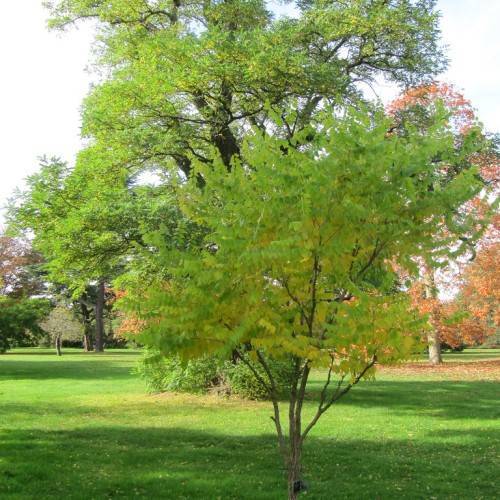
Kentucky coffee tree
Gymnocladus dioica
Cycle:
Perennial
Watering:
Average
Hardiness Zone:
2
Flowers:
Flowers In Summer
Sun:
Full sun, Part sun/part shade
Fruits:
Fruits In Summer Ready In Summer
Leaf:
Yes
Growth Rate:
High
Drought Tolerant:
Yes
Salt Tolerant:
Yes
Invasive:
Yes
watering
Marsh cudweed (Gnaphalium uliginosum) has a low watering requirement and doesn't like to be watered too frequently. It should be watered deeply and evenly around the base of the plant once every 2 weeks during the growing season. During the hotter areas of the year, water should be increased to twice a week. Reduce the amount of water during cooler winter months and water only when the soil is dry in the upper layers.
sunlight
Marsh cudweed requires full sun for optimal growth. They can tolerate partial shade but will not grow as vigorously as with full sun. During the growing season, when the plant is actively photosynthesizing, the recommended exposure is 6 to 8 hours of direct sunlight daily. During the winter months, 4-6 hours of sunlight is ideal.
pruning
Marsh cudweed should be pruned once a year in late summer or early fall, at the end of the flowering period. Pruning should involve removing dead and unhealthy stems, thinning overly dense growth, and making sure the plant has an overall pleasing shape. It is best to prune back no more than 1/3 of the total foliage, ensuring the plant is not over pruned or weakened in any way. All pruned material should be discarded and not recycled back into the garden.
